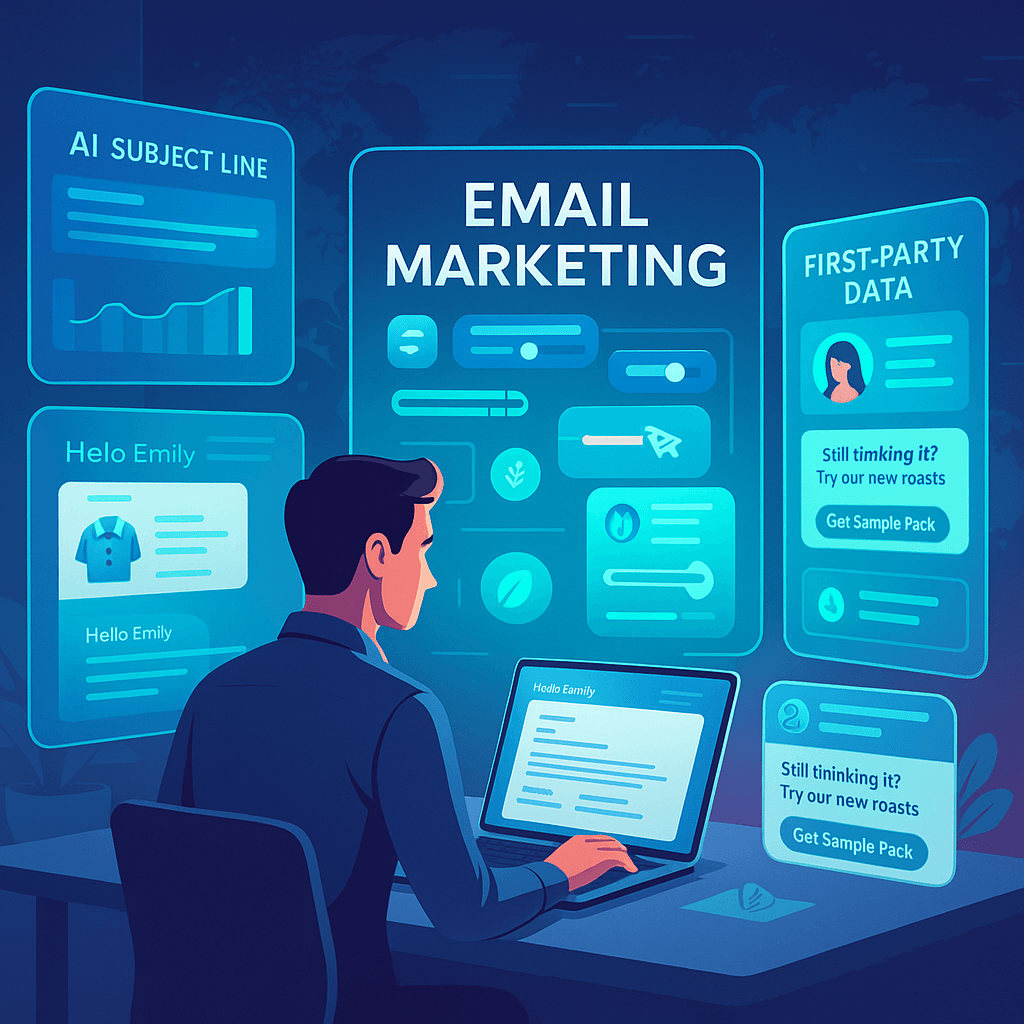Ever wondered why some websites seem to always show up when you search online? That’s the magic of SEO working behind the scenes. I’ve spent years helping businesses climb those search rankings, and I’m sharing what really works in this guide.
Look, I get it—SEO can seem overwhelming at first. When I started my digital marketing career, I was totally lost in the alphabet soup of technical terms. But trust me, once you grasp the fundamentals, implementing SEO best practices becomes second nature.
What’s SEO Anyway?
SEO is basically how you get Google (and other search engines) to notice your website without paying for ads. It’s like making your business the popular kid that everyone wants to hang out with.
I remember working with a local bakery that was struggling to attract customers beyond their neighborhood. Their pastries were amazing, but nobody could find them online. After three months of targeted SEO work, they started appearing in local searches, and their weekend foot traffic doubled. Real results from real optimization.
Why Should You Care?
Think about your own habits—when was the last time you scrolled to page two of Google results? Exactly. Most of us find what we need in those first few links.
A client once told me, “I thought our website was enough—build it and they’ll come.” That’s rarely true anymore. With millions of websites competing for attention, being discoverable isn’t automatic—it’s earned.
The numbers back this up:
- Most people click on one of the top three search results
- About 75% of users never see the second page
- Organic search drives roughly 53% of website traffic
Getting Started with Keywords
Keywords are the compass that guides your SEO journey. They’re the words people actually type when looking for your products or services.
Years ago, I made a rookie mistake with a client’s furniture store by focusing on generic terms like “quality furniture.” We were getting nowhere fast. After digging deeper, we discovered potential customers were searching for specific phrases like “mid-century modern coffee tables” and “pet-friendly sectional sofas.” When we rebuilt our strategy around these specific terms, traffic increased by 60% within months.
Pro tip: Look beyond the obvious keywords. The gold often lies in the specific phrases that have decent search volume but lower competition.
Content That Connects
Here’s the truth that many “SEO experts” won’t tell you—you can follow every technical recommendation perfectly and still fail if your content sucks. I’ve seen beautifully optimized websites with thin, uninspired content get crushed by competitors who truly understand their audience’s needs.
Write for humans first, search engines second. When I’m crafting content, I always ask myself: “Would this actually help someone?” If the answer isn’t a resounding yes, I start over.
Some practical approaches I’ve seen work:
- Answer real questions thoroughly (like I’m doing right now)
- Share genuine expertise and unique insights
- Tell stories that illustrate concepts (notice how I’m including client examples?)
- Break complex ideas into digestible chunks
Technical Stuff That Actually Matters
While working on an e-commerce site last year, we discovered their product pages weren’t being indexed because of a single line of code. After fixing this technical issue, their visibility jumped almost overnight.
Focus on these SEO best practices first:
- Make sure your site loads quickly (I’ve abandoned plenty of slow sites, and so have you)
- Create a mobile experience that doesn’t frustrate users
- Fix broken links and redirects
- Use descriptive URLs that humans can understand
- Implement schema markup to help search engines understand your content
Local Business? Listen Up
If you serve customers in specific geographic areas, local SEO is your bread and butter. My neighborhood hardware store outranks major chains for local searches because they’ve optimized their local presence beautifully.
The basics include:
- Setting up and regularly updating your Google Business Profile
- Getting genuine reviews from happy customers
- Making sure your contact info is identical everywhere online
- Creating content specific to your service areas
Measuring What Matters
The beauty of SEO is that almost everything is measurable. When a client asks me, “Is this working?” I don’t give vague assurances—I show them the data.
Focus on these metrics:
- Are more people visiting your site from search engines?
- Are they staying longer and viewing more pages?
- Are they taking desired actions (calling, filling forms, making purchases)?
- Are you ranking better for valuable keywords?
I once worked with a client who was obsessed with ranking #1 for a particular keyword. When we finally achieved it, we discovered it brought little valuable traffic. Meanwhile, a handful of less competitive terms were driving most of their actual business. The lesson? Track what translates to real results.
Common Pitfalls I’ve Witnessed
Through the years, I’ve seen smart business owners make the same mistakes repeatedly:
- Trying to game the system with keyword stuffing (Google’s too smart for that now)
- Getting distracted by “quick fixes” instead of building sustainable strategies
- Copying competitors blindly without understanding the underlying strategy
- Neglecting the technical foundation of their websites
- Giving up too soon (SEO takes time, folks)
conclusion
SEO isn’t rocket science, but it does require patience, consistency, and adaptability. The search landscape changes constantly, but implementing solid SEO best practices will always yield results over time.
I’ve seen businesses transform through effective SEO—from struggling local shops to industry leaders, from unknown startups to household names. The common thread? They all committed to understanding their audience and steadily improving their online presence.
Start small, focus on fundamentals, and build from there. And remember—behind every search query is a real person looking for something. Help them find it, and they’ll help your business grow.





